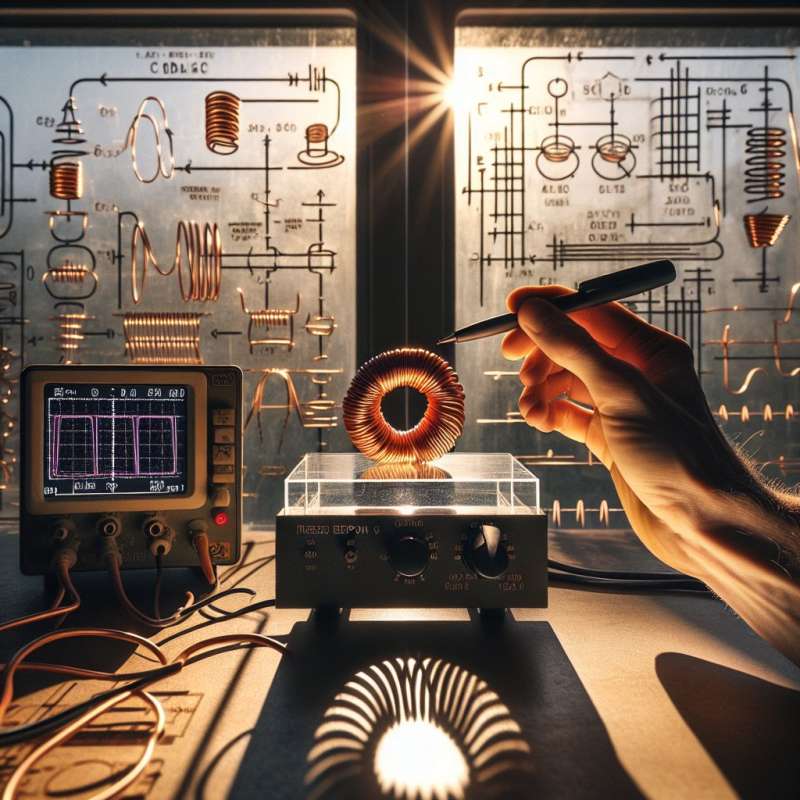
Introduction to Electronics
Electronics shape our modern world, manipulating electricity to create circuits. Basic components include resistors, capacitors, diodes, and transistors. Understanding these is key to grasping how complex systems function.
Resistors Control Flow
Resistors are crucial for managing current in a circuit, preventing damage to sensitive parts. They come in various resistances, measured in ohms, to precisely control the electrical flow.
Capacitors Store Energy
Capacitors temporarily store electrical energy in an electric field, releasing it as needed. They're used for filtering, power conditioning, and signal processing. The unit of capacitance is the farad.
Diodes: One-Way Paths
Diodes allow electricity to flow in only one direction, acting as electronic check valves. They protect circuits by blocking reverse currents and are key in converting AC to DC.
Transistors: Tiny Switches
Transistors can amplify or switch electronic signals, serving as the building blocks for integrated circuits. They revolutionized electronics, enabling the miniaturization of complex circuitry into today's microchips.
Inductors vs. Frequency
Inductors resist changes in current and create magnetic fields. Their unique ability to filter out high-frequency noise while allowing low frequencies to pass makes them essential in RF applications.
Semiconductors: Silicon's Role
Semiconductors, typically made of silicon, are the foundation of modern electronics. Their conductive properties can be finely tuned, enabling the complex behavior of transistors and integrated circuits.
What unit measures resistance?
Newton
Ohm
Farad
Company